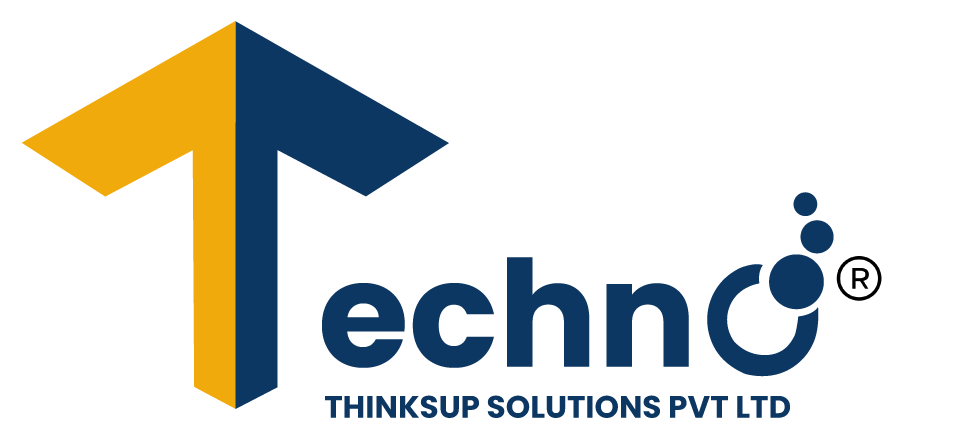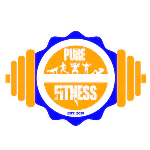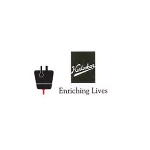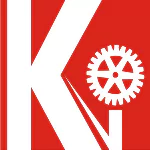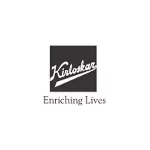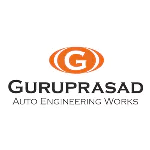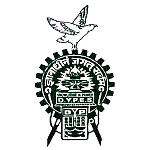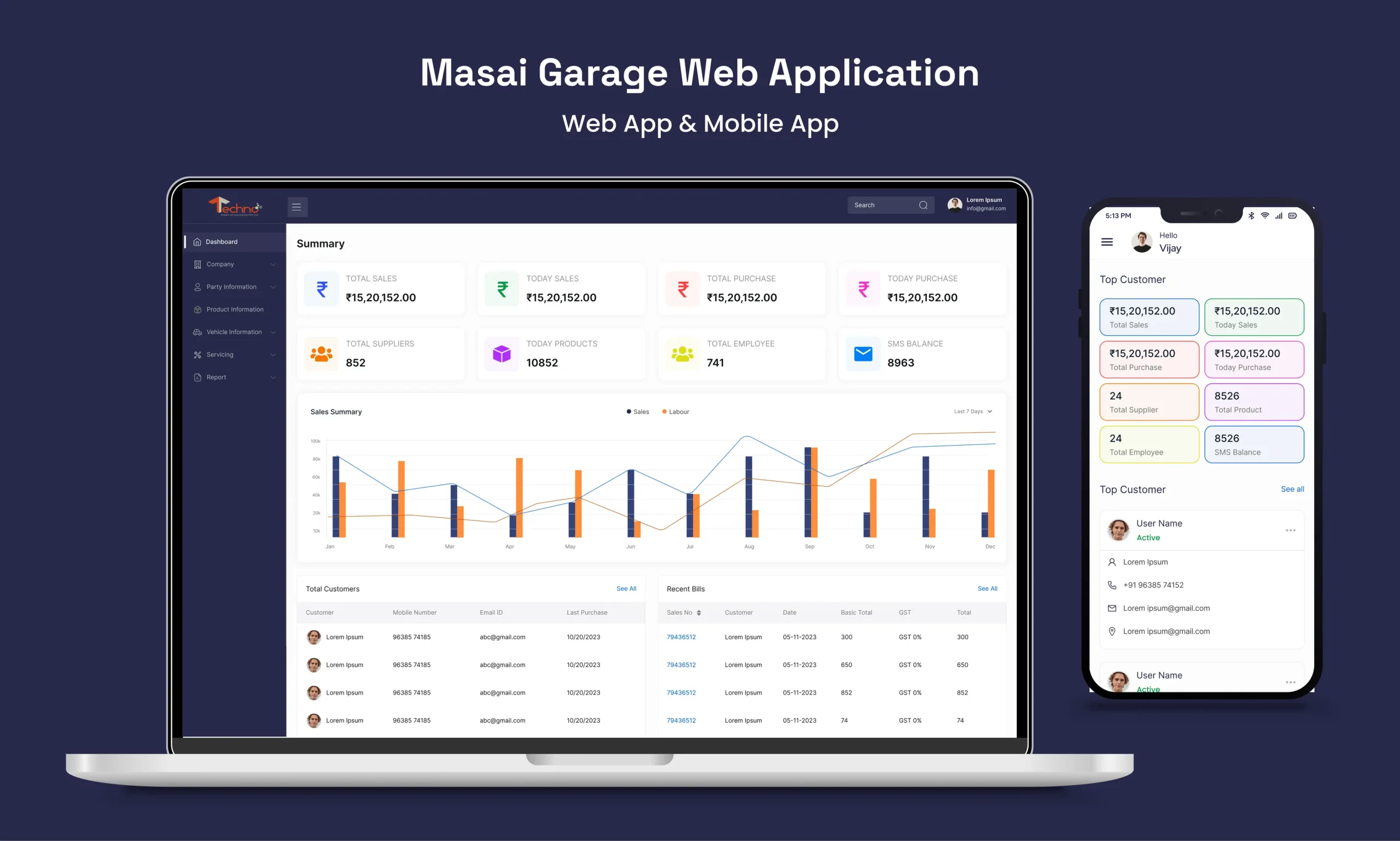
Masai Garage Web Application
Background:
Masai Garage, a reputable automotive repair center, recognized the need to modernize its operations by implementing a comprehensive web application. The existing manual processes for managing vehicle repair history, billing, and employee work management were becoming inefficient and prone to errors. To address these challenges, Masai Garage initiated the development of a web application to streamline their billing processes for two-wheeler and four-wheeler repairs, while also incorporating features for maintaining detailed repair histories and managing employee work assignments.
Objective:
The primary objective of the project was to design and implement a web application tailored for Masai Garage, focusing on the following key goals:
- Billing Solutions: Develop a robust billing system for efficient and accurate invoicing for both two-wheeler and four-wheeler repairs.
- Repair History Maintenance: Implement a feature for maintaining detailed repair histories, including parts used, services provided, and other relevant information.
- Employee Work Management: Create a module for managing employee work assignments, tracking their tasks and ensuring efficient utilization of workforce.
- Enhanced Operational Efficiency: Streamline garage operations to improve overall efficiency and customer satisfaction.
Challenges:
Several challenges were identified at the project’s inception:
- Manual Billing Processes: The existing manual billing processes led to errors, delays, and difficulties in tracking invoice statuses.
- Limited Repair History: Lack of a centralized system made it challenging to maintain comprehensive and easily accessible repair histories for vehicles.
- Employee Work Tracking: Coordinating employee tasks and managing work assignments manually led to inefficiencies and potential errors.
- Integration Complexity: Integrating billing, repair history, and employee work management modules seamlessly posed technical challenges.
Solutions:
To address the challenges, a comprehensive set of solutions was implemented:
- Digital Billing System: A user-friendly digital billing system was developed to automate invoicing, reducing errors and speeding up the billing cycle.
- Comprehensive Repair History Module: A centralized module was created to maintain detailed repair histories, providing easy access to past services, parts used, and other relevant details.
- Employee Work Management System: An integrated employee work management system was implemented, enabling efficient task assignment and tracking.
- Training and Onboarding: Training programs were conducted to familiarize employees with the new system, promoting smooth adoption and usage.
Results:
The implementation of the Masai Garage Web Application led to several positive outcomes:
- Billing Accuracy: The digital billing system significantly reduced errors, improving the accuracy of invoices and payment processing.
- Enhanced Customer Service: The comprehensive repair history module allowed for better customer service by providing quick access to vehicle service records.
- Optimized Employee Work: The integrated work management system improved coordination among employees, leading to increased operational efficiency.
- Streamlined Operations: The web application streamlined overall garage operations, from billing to repair history maintenance and employee task tracking.
Conclusion:
The Masai Garage Web Application project successfully addressed the challenges faced by the automotive repair center, providing a tailored solution for billing, repair history management, and employee work tracking. The project not only improved operational efficiency but also demonstrated the transformative impact of technology in enhancing customer service and garage management. The commitment to seamless integration, user-friendly design, and employee training showcased the project’s success in meeting its objectives. This case study serves as a testament to the positive outcomes of digital transformation in optimizing processes within the automotive repair industry.
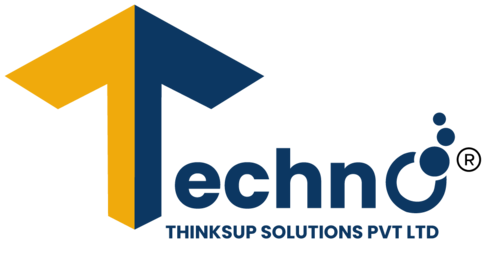


 DevOps Services
DevOps Services
 QA And Software Testing
QA And Software Testing
 Local Search Optimization
Local Search Optimization
 Technology Outsourcing
Technology Outsourcing
 Metaverse Development
Metaverse Development
 Web 3 Consulting
Web 3 Consulting
 IoT App Development
IoT App Development
 VR App Development
VR App Development
 IT Staff Augmentation
IT Staff Augmentation
 Startup App Development
Startup App Development
 Saas App Development
Saas App Development
 Low Code Development
Low Code Development
 Product Engineering
Services
Product Engineering
Services
 Custom CRM Development
Custom CRM Development
 Offshore Development
Center (ODC)
Offshore Development
Center (ODC)
 Machine Learning
Development
Machine Learning
Development
 Blockchain App Development
Blockchain App Development
 Blockchain In Identity Management
Blockchain In Identity Management
 Artificial Intelligence
Development
Artificial Intelligence
Development
 Dedicated Development Team
Dedicated Development Team
 Strategic Mobile
Consulting
Strategic Mobile
Consulting
 Tech Courier ERP
Tech Courier ERP
 Tech Lab ERP
Tech Lab ERP
 Tech Finance ERP
Tech Finance ERP
 Tech Library ERP
Tech Library ERP
 Tech Church ERP
Tech Church ERP
 Tech Dairy ERP
Tech Dairy ERP
 Tech POS ERP
Tech POS ERP
 Tech Restro ERP
Tech Restro ERP
 Tech School ERP
Tech School ERP
 Tech Drycleaner ERP
Tech Drycleaner ERP
 Tech Emerald ERP
Tech Emerald ERP
 Tech Weightman ERP
Tech Weightman ERP
 Tech Grocery ERP
Tech Grocery ERP
 Tech Institute ERP
Tech Institute ERP
 Tech Pharma ERP
Tech Pharma ERP
 Tech Milky Enterprise ERP
Tech Milky Enterprise ERP
 Tech Cold Storage ERP
Tech Cold Storage ERP
 Tech Accounting ERP
Tech Accounting ERP
